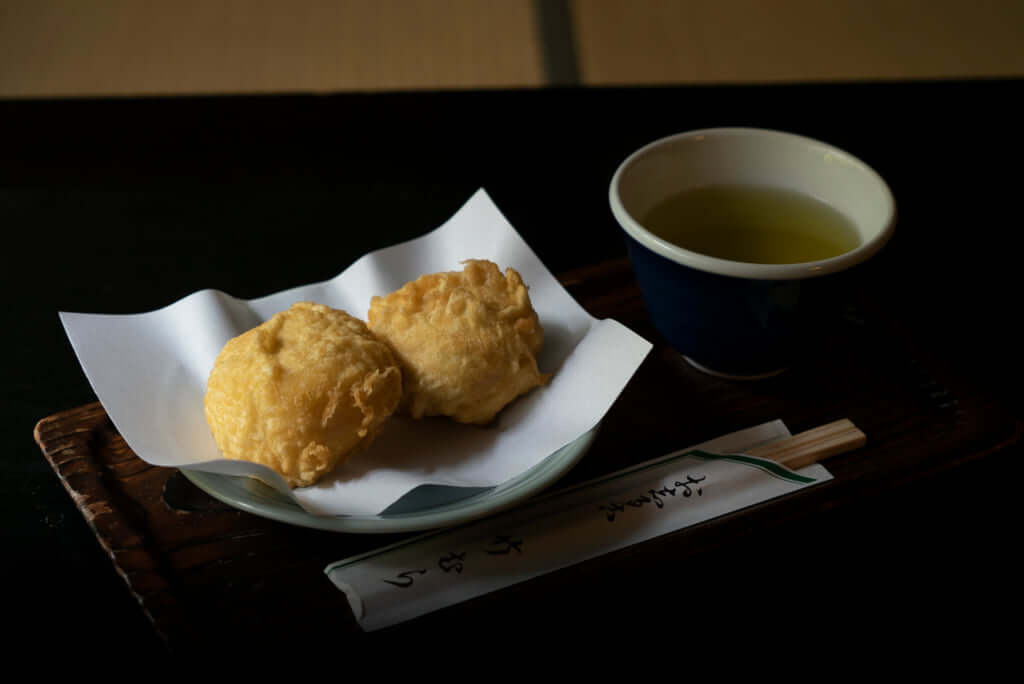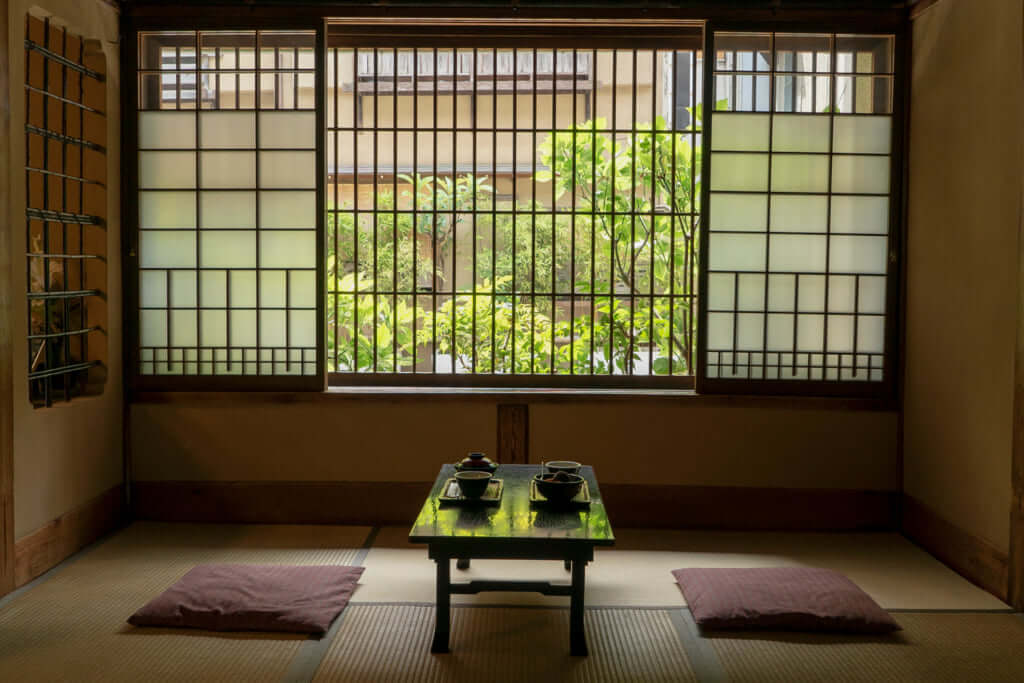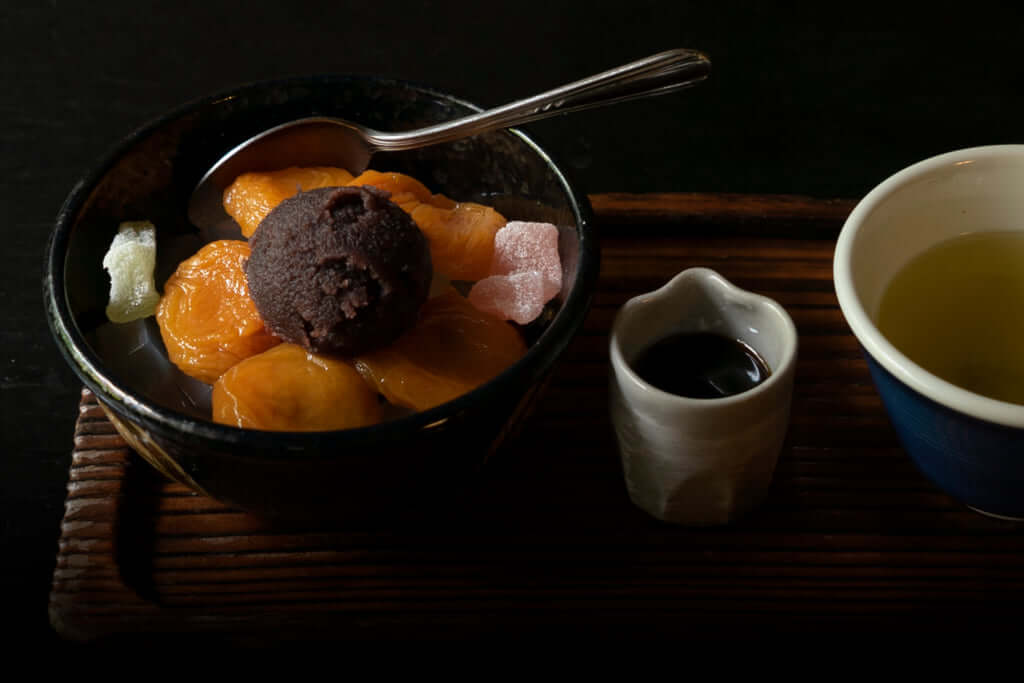Takemura, a Paradise of Japanese Sweets Since 1930

In a wooden house in the heart of Tokyo, which has been standing since 1930, Takemura sweet shop delights lovers of Japanese sweets thanks to its homemade recipes and menu which hasn’t changed since it opened. The building, designated as a place of historical importance, has survived through the years and escaped the damage caused by the Second World War.
Named kanmidokoro, meaning sweet shop, Takemura has retained its place in the hearts of Japanese food-lovers by offering appetising wagashi, traditional Japanese pastries. Loved for their elegance and refined flavours, wagashi are far more than simple sweets in Japan; they are seen as an art form, representing the very essence of the country’s culture. Their shapes, colours and flavours evoke the passage of the four seasons and the beauty of Japanese landscapes. They are a delight for the eyes too, and are traditionally served with a green tea, carefully selected so that the aromas of the hot drink and the wagashi go together perfectly.
The best-known sweet is the mochi, a ball of sticky rice filled with sweetened bean paste, but there are many other sweets on offer to delight the palate. Takemura is especially known for its seasonal specialities, such as the sakuramochi which evokes the sakura, the cherry blossom that blooms in spring. This sweet offers a light cherry blossom flavour from the very first bite.
The kuzumochi, more popular during the summer, is made from sweet potato starch, dusted with a generous amount of soy flour and served with a black sugar syrup. In winter, the shiruko, a sweet bean soup, warms up even the coldest of individuals. What could be nicer than tasting different sweets throughout the year, such as an agemanju. This dessert, rarely found in other traditional sweet shops, is a steamed cake, coated in tempura batter, like a doughnut batter, generally with a sweet red bean filling and fried in sesame oil. Its crisp outer and soft inner satisfy all tastes.
Takemura has now become an institution. It is a unique place preserved from the ravages of time and which appreciates the need for a little break for something to eat before getting lost in the buzz of the Akihabara district, known for its many electronics shops.



Takemura
1-19 Kanda-Sudacho, Chiyoda-ku, Tokyo
TRENDING
-
Yakumo Saryo: A Culinary Voyage in Tokyo
Shinichiro Ogata makes objects from glass, ceramics and bronze but is also a fantastic cook. Have a taste of both his talents at restaurant Yakumo Saryo.

-
WA BI GIN : (An Old) Affair of Passion
The Japanese distillery Hombo Shuzo, first known for their shoshu, decided to launch itself into artisanal production of gin. Thus, WA BI GIN was born.

-
Gome Pit, the Pop-Up Bar in a Waste Treatment Facility
Japan never ceases to surprise. Gome Pit is a pop-up bar with an unobstructed view over a pit where tonnes of waste are piled up before being incinerated.

-
A Japanese Tea Room Perched Atop a Rooftop
The building, in keeping with the minimalist style of its creator, offers a splendid view of Vancouver Bay and the surrounding mountains.

-
Discover Japanese Gastronomy Through The Solitary Gourmet Manga
This illustrated black and white album follows its lead through various bars, celebrating the Japanese art of living.





